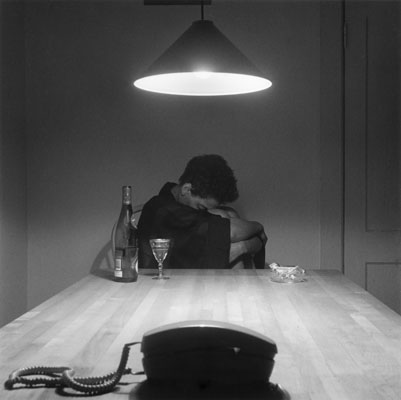Photography provides an interesting path for Dawoud Bey. Bey started out as a street photographer and since the 1970’s has used photography as a way to ground the viewer with the reality that is/was within the photo; highlighting the humanity and emotion the subject has within the environment around them. Bey suffers from severe hearing loss and uses this disadvantage to emphasize his voice in the works that he produces. Bey has held an interest in showing his audience a perspective beyond the camera by introducing topics of the past in present times. In 2013, Bey had looked into the disaster of the Birmingham church bombing of 1963 and had applied his own view towards the depiction of the victims. Bey had taken 2 portraits for each victim: one photo of a child the same age as the victim and another photo of an adult which depicts how old they would have been today. Mentioned in an interview with PBS, Bey had became interested with the idea of visualizing the past and reproducing it within the contemporary moment. His direction with this project was to bring to light the effects violence has had within a marginalized community. This photo (1) is part of Bey’s “Birmingham Project” and shows what the victim could have looked like if they were alive today on the left as well as the age they were on the day of.

Carrie Mae Weems uses photography to define developing her own voice with “The Kitchen Table Series” by telling what needed to exist. Using the environment around her, she was able to define a voice and need for African American women and women overall through a series of photography that grounds the events that unfold in a particular part of the home under one source of light. Weems vision re-imagines the definition of a kitchen table and the family surrounding it through conversation of space, family, and gender and the various battles within these topics. Weems also brings the question of altering the social contract through this series. This series serves as not only a conversation of the subjects and the topics within the photo but also as a conversation between the viewer within someone else’s household. There are photos in this project that feel more familiar than others and capture the idea that is the self and relationships through the variation of space and objects both present and absent. This photo (2) is part of Weems “The Kitchen Table Series” and shows the relationship of a woman and stress.

The works of these two artists are similar with the idea that they seek to re-imagine what reality means to an ever-progressing society. The difference between their definitions lie in the capturing of the moment. Bey brings forth time and events from the past and applies his own direction by taking photos of what was and could have been. Whereas Weems encapsulates the time spent in the home that remains universal to almost any family. The power of photography starts with capturing the moment but progresses with the idea of preserving a memory. It is a tool that anybody in the world has access to. But it takes consideration to transform a photo into a moment that re-defines what the world may already know.




In the Birmingham Project, Bey makes the years lost to those children concrete by his juxtaposition of the old and young people. We see the missing years in comparing the two people.
I am not sure that either photographer want to re-imagine reality so much as make an underrepresented reality more clearly and commonly seen.